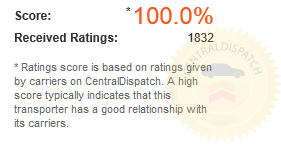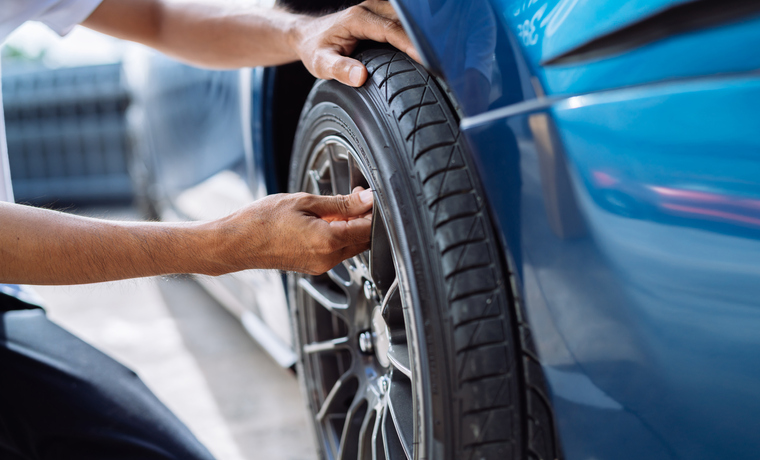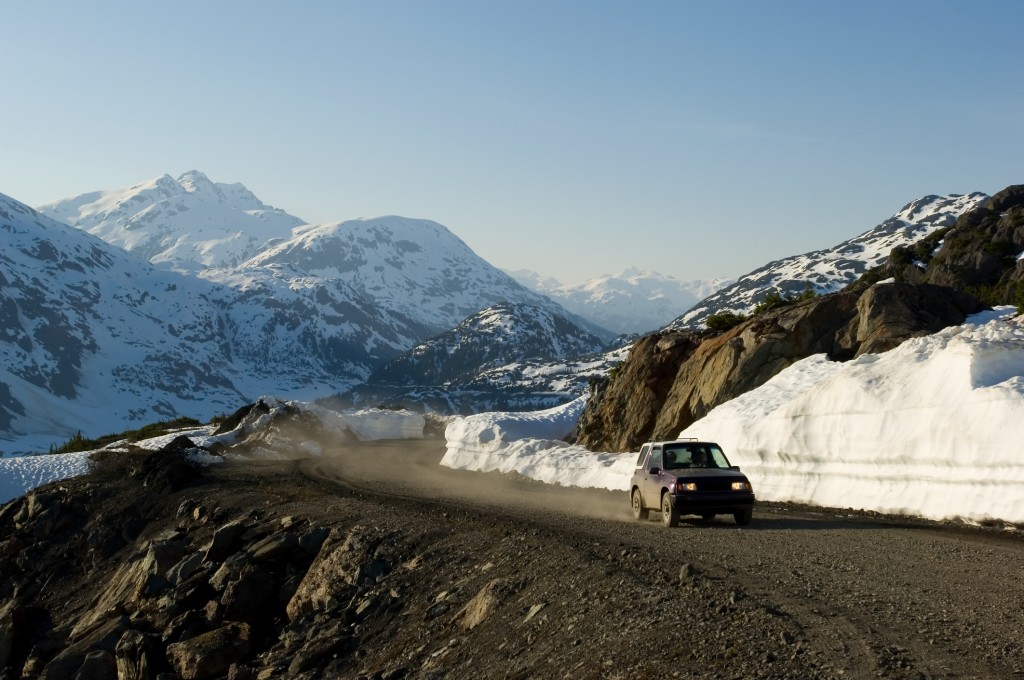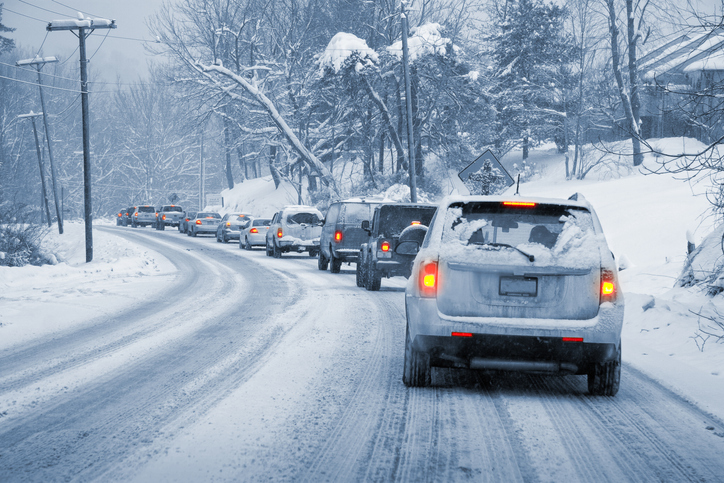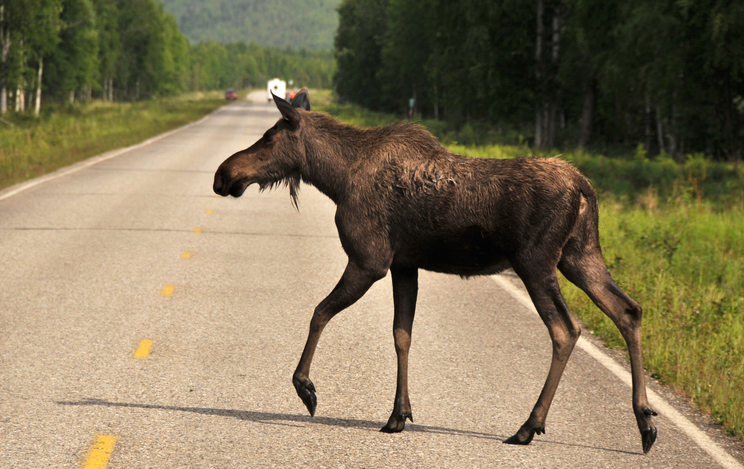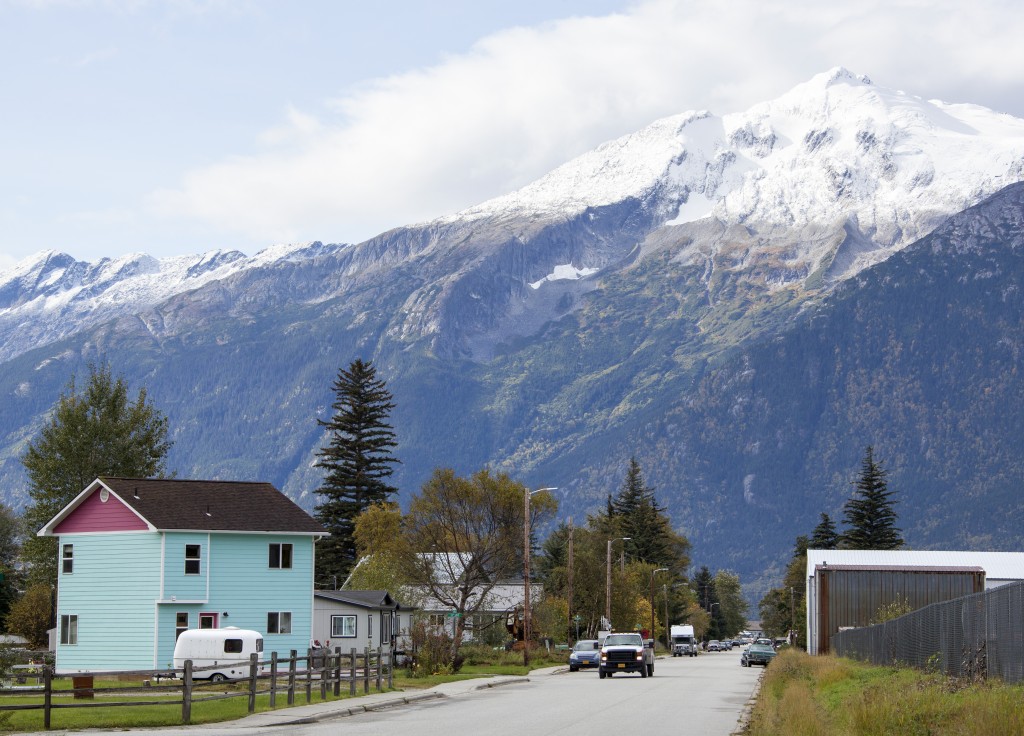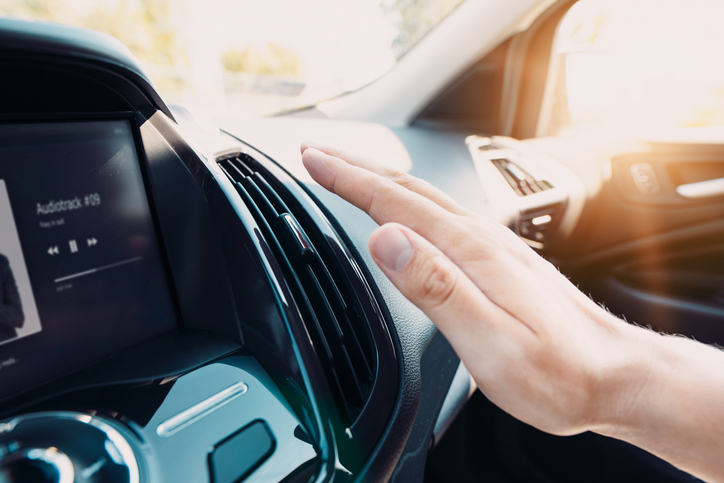The benefit of car detailing
What you need to know about car detailing
Final word
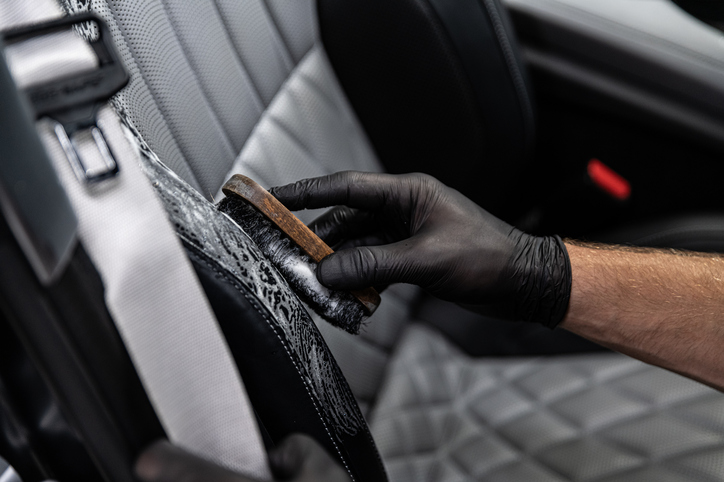
The benefit of car detailing
When you get your car detailed in Alaska or anywhere else, you are essentially choosing to get your car cleaned in such a meticulous way that your vehicle will be put back to near new apperance. There is much more labor and effort involved in car detailing than you get with a typical old car wash. As you might expect, car detailing is considerably more expensive than a typical car wash. Detailing will also take more time as well.
The benefit versus just getting your car washed is big. It will help you tremendously if you are trying to sell your car, trying to use your car as a ride-share driver or even if you just want your car looking as good as it can possibly can. If you plan on shipping your car, you will need to get it cleaned before your auto transport driver shows up to load it onto the carrier. Getting your car detailed prior to shipping can help expedite the amount of time that your driver will have to spend inspecting your car for preexisting damage. This will get your car on the road and enroute to its destination a bit quicker.
What you need to know about car detailing
As we mentioned, car detailing will cost a bit more and take more time than a regular car wash. Typically, car detailing will run you between one and two hundred dollars, possibly more, depending on where you take it for the service. As far as how long it will take, car detailing usually last between three to five hours. So, plan on going home while you wait or at least have a good long book to read.
You will likely also need to schedule an appointment for detailing. This is because most car detailing services can only detail one or two cars at a time because of the staff and space the service requires. Finally, much like you would with a car wash, try not to get your car detailed right before lots of bad weather because your car can then get dirty again quite quickly.
Final word
There is a world of difference between getting your car detailed and just getting it washed. When you get your car detailed, it is a much more thorough cleaning that will restore a good amount of your vehicle’s brand-new look (obviously not including any preexisting damage). It will cost more and take more time than a car wash, but the overall value is worth it in the end. You might want to consider getting your car detailed if you are selling or even shipping it.

